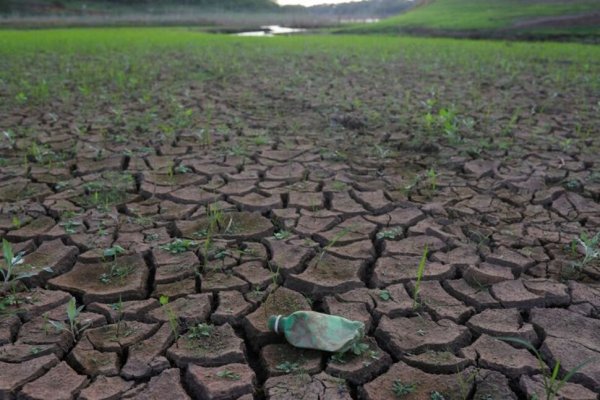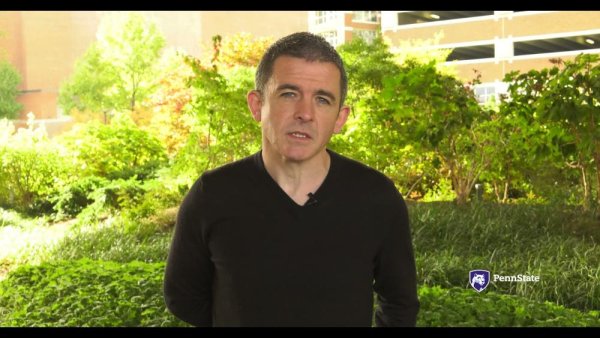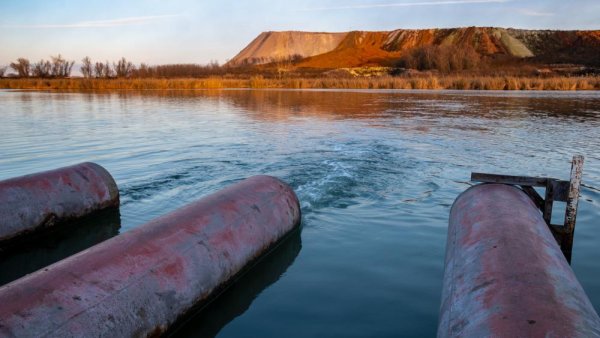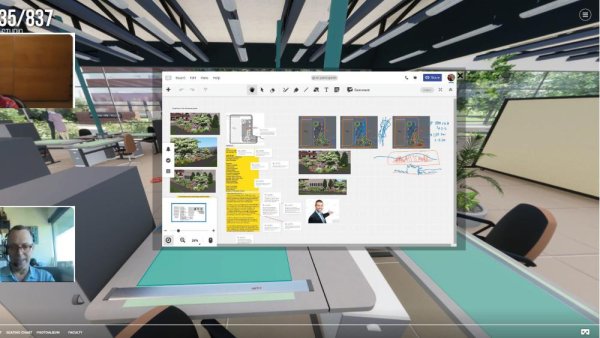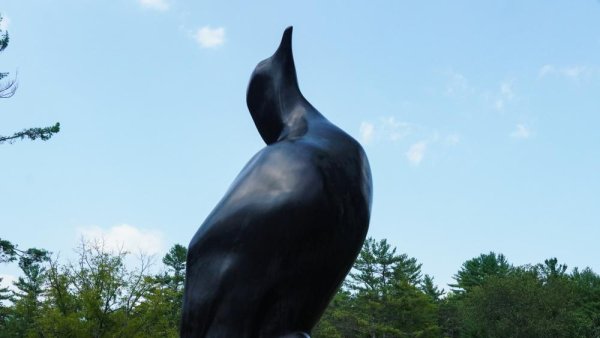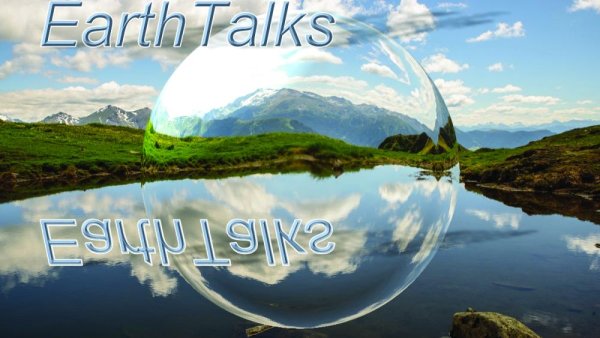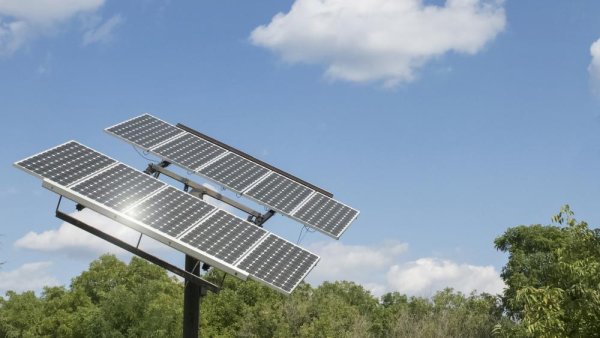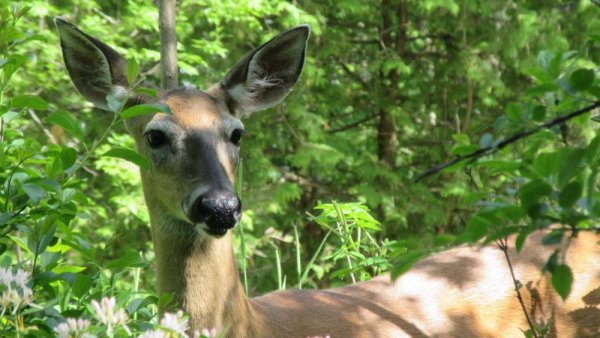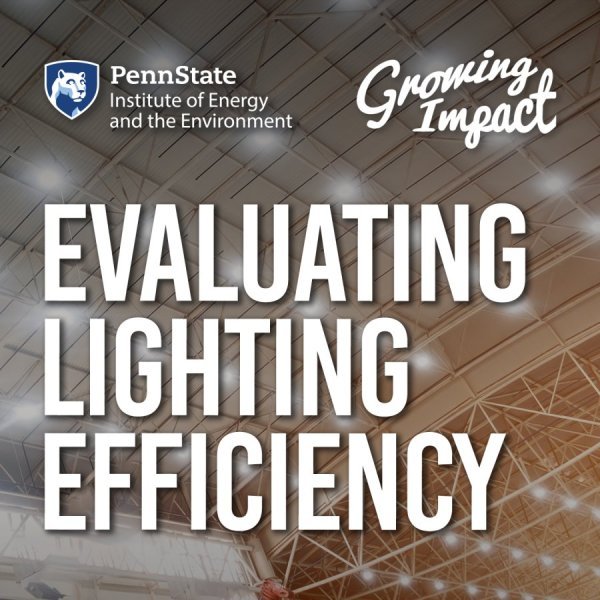Communicating climate solutions at the intersections of science and art
| by Laura Guertin
Scientists are continually looking to expand how they communicate their science. Laura Guertin found that through art—specifically, quilting—she is able to share her science and engage in conversations around climate change.
Explainer-What's the difference between 1.5°C and 2°C of global warming?
| usnews.com
The 2015 Paris Agreement commits countries to limit the global average temperature rise to well below 2°C above pre-industrial levels, and to aim for 1.5°C. Scientists have said crossing the 1.5°C threshold risks unleashing far more severe climate change effects on people, wildlife, and ecosystems.
Penn State awarded nearly $39M for global research on threats to crops
| psu.edu
A new USAID Feed the Future Innovation Lab housed at Penn State will help smallholder farmers around the world cope with pests in a climate-changed world.
University Libraries program recognizes tenured, promoted faculty through books
| psu.edu
Recently tenured and promoted University faculty were honored in October through Penn State University Libraries’ Promotion and Tenure Recognition Program, now in its 18th year. The 2021 honorees were recognized at a private event in the Paterno Family Humanities Reading Room at Pattee Library on the University Park campus.
Engineers to sustainably mine rare earth elements from fertilizer byproduct
| psu.edu
To develop a more sustainable process that can retrieve rare earth elements from phosphogypsum, a byproduct of fertilizer production, Penn State researchers were awarded a four-year, $571,658 National Science Foundation grant as part of a collaboration with Case Western Reserve University and Clemson University that totals $1.7 million in funding.
Globe bounces back to nearly 2019 carbon pollution levels
| apnews.com
The dramatic drop in carbon dioxide emissions from the pandemic lockdown has pretty much disappeared in a puff of coal-fired smoke, much of it from China, a new scientific study found.
Stuckeman School professor uses virtual reality to expand studio environment
| psu.edu
Travis Flohr, assistant professor of landscape architecture in the Stuckeman School, led a virtual reality-based studio for undergraduate and graduate students during the fall 2020 semester that allowed students to have more learning opportunities — and more connectivity with each other — in a virtual setting.
New sculpture installation highlights bird extinction, conservation efforts
| psu.edu
A visiting sculpture installation of five extinct North American birds located at several central Pennsylvania sites hopes to educate the public about the human impact of their extinction while also inspiring conservation efforts now and in the future.
2022 Online Data Summit slated for Feb. 2 and 3
| psu.edu
The Penn State community is invited to attend the online event, “Traversing a Universe of Data,” the University’s Data Summit, on Feb. 2 and 3. Tracks include Uses of Data and Data Literacy; Data Ethics, Security, and Privacy; Systems Technology (Tools and Approaches); Assessment, Evaluation, and Planning; and Diversity, Equity, and Inclusion.
EarthTalks to discuss drivers of tropical forest decline in Indonesia, Brazil
| psu.edu
Mark Cochrane, professor at the University of Maryland Center for Environmental Science’s Appalachian Laboratory, will deliver a talk titled "Changing fire regimes in Indonesia and Brazil: the roles of fire and land use in tropical forest decline" at 4 p.m. Monday, Nov. 8, via Zoom.
Penn State recognized for green power leadership
| psu.edu
The U.S. Environmental Protection Agency recently recognized Penn State in its latest Top 30 College & University List of the largest green power users from the Green Power Partnership. Penn State ranks No. 14 nationally and No. 2 in the Big Ten in terms of total kilowatt-hours (kWh) used of green energy.
Deer may be reservoir for SARS-CoV-2, study finds
| psu.edu
More than 80% of the white-tailed deer sampled in different parts of Iowa between December 2020 and January 2021 tested positive for SARS-CoV-2. The findings suggest that white-tailed deer may be a reservoir for the virus to continually circulate and raise concerns of emergence of new strains that may prove a threat to wildlife and, possibly, to humans.


